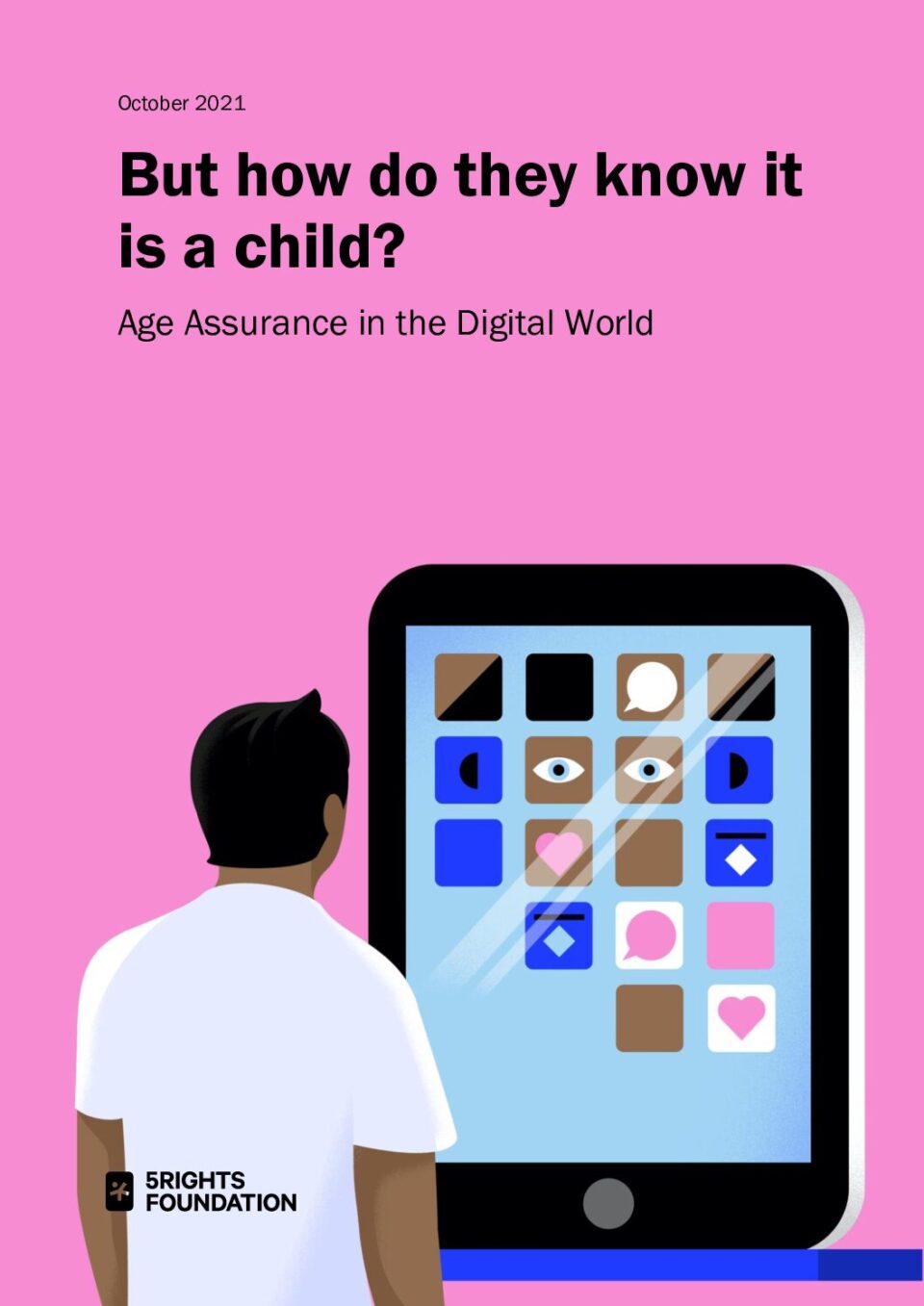But how do they know it’s a child?
The digital world is not optional for most children. It is where they access education,
health services and entertainment, build and maintain their relationships, and engage
in civic and social activities. Digital technologies are built into the physical environments
children inhabit and the systems that govern their lives, from the bus pass that gets
them to school to the algorithms that grade their exam results. If the digital world is not
optional for children, then it follows that it should be designed to meet their rights and
needs.
Few disagree in principle, but before long the question is asked, how do we know if they
are a child? The “But how do they know it’s a child?” report starts by answering why and when we need to establish age and moves toward the practicalities of how that might be done, before setting out common standards by which we should measure age assurance systems. It brings clarity to what we mean by age assurance, what the risks and benefits of the current approaches are, and as we move forward, what the rules of the game should be. Above all, it points out that age assurance should not be mistaken for a silver bullet or a short cut to making
the digital world fit for children.
This report focuses specifically on the UK, but the basic themes and conclusions are
relevant to countries across the globe. Aimed at the general reader, it does not gloss
over the complexities associated with establishing age, but it does take the view that
age assurance is simply a gateway to the bigger prize of building the digital world that
young people deserve.

